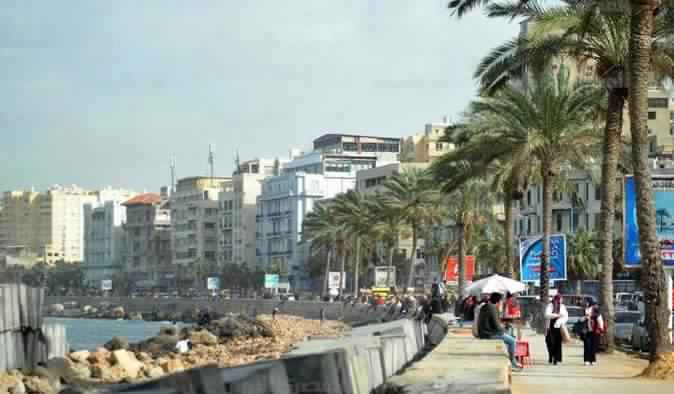
One hundred and eighty kilometers between Qena’s city of Qeft and the Red Sea’s coastal city of Quseir stretches the historically significant Wadi Hammamat seabed, Ancient Egypt’s oldest trade route which currently lacks basic modern amenities.
Security and traffic services are missing and there is only one ambulance unit.
Wadi Hammamat was an area in which ancient Egyptians recorded details of their trade convoys, led by Queen Hatshepsut, to the Land of Punt.
Bashar Abu Taleb, head of the tourist guides union in Hurghada, said stelas (stone slabs with inscriptions on them) can be seen on both sides of the road to guide trade convoys. Ptolemaic and Roman monuments are also present, most notably the deep well known as the Cleopatra Bath.
Abu Taleb said that though most of the 2,300 Pharaonic inscriptions carved on the granite rocks flanking the road had been stolen, some ancient remains of gold miners are still present.
“Though the route is significant archaeologically, touristically and commercially, it still lacks basic services,” according to Abu Taleb. “There is no cell phone coverage or checkpoints, which prevents it from being listed in tourism programs.”
Edited translation from Al-Masry Al-Youm




